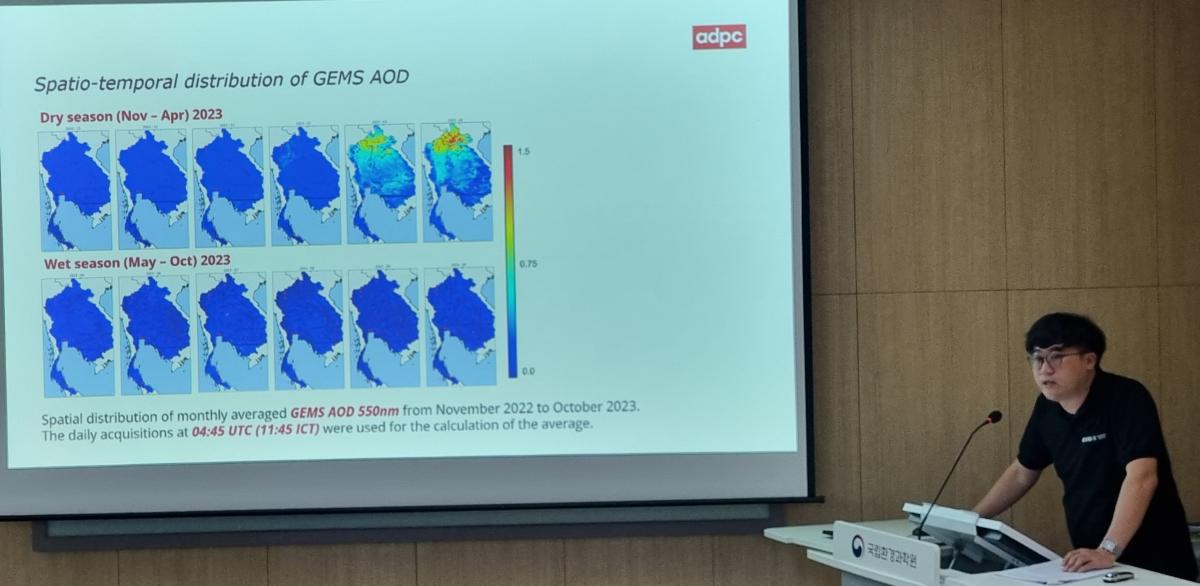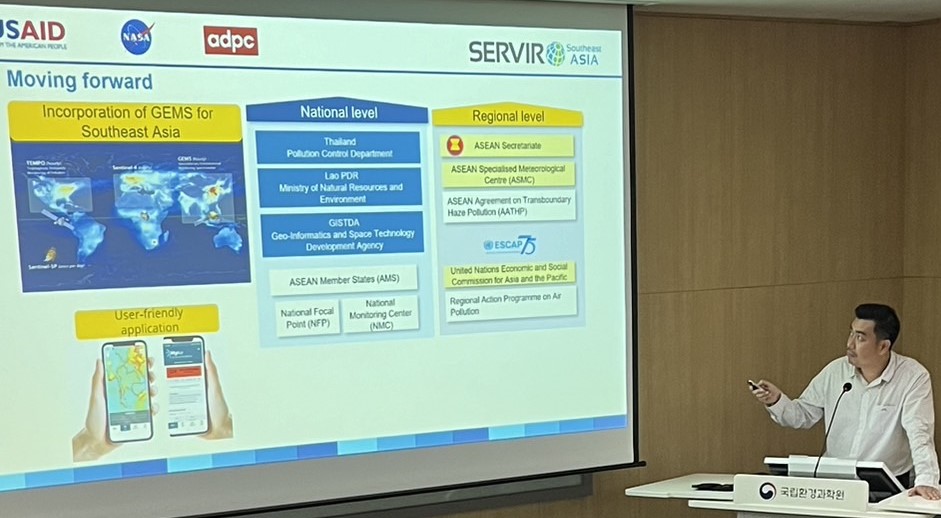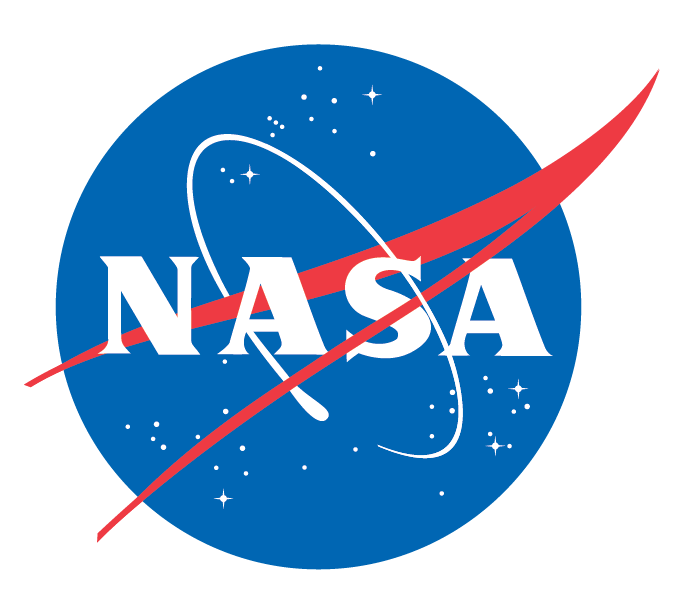UNESCAP and South Korean Expertise to Help ADPC Advance Air Quality Monitoring

Incheon, South Korea, 3 July 2024 – The Asian Disaster Preparedness Center (ADPC) will soon be able to provide its interlocutors in the region with hourly and higher quality PM2.5 data so partners can design and implement more effective national and regional air quality management projects.
The added expertise comes as a result of an ADPC team being trained by the National Institute of Environmental Research (NIER), and its technical partners including Yonsei University, and Ulsan National Institute of Science and Technology (UNIST) in South Korea. The week-long event is sponsored by the United Nations Economic and Social Commission for Asia and the Pacific (UNESCAP) and is in partnership between NIER under the Asia-Pacific Regional Action Programme on Air Pollution (RAPAP).
“This training will help ADPC improve its own capacity and be in a better position to not only meet its current project’s mission and mandate but also help UNESCAP and South Korea in advancing air quality management in the countries who are collaborating on the RAPAP,” says Aekkapol Aekakkararungroj, SERVIR Southeast Asia (SERVIR SEA) Air Quality and Health Service Lead.

Launched in January 2023, SERVIR SEA is a joint partnership between the U.S. Agency for International Development (USAID), the U.S. National Aeronautics and Space Administration (NASA) and ADPC. The program helps communities across Southeast Asia adapt to regional and transboundary climate issues and mitigate the impacts of climate change, including air pollution.
Through the Incheon training, the ADPC team will learn from the NIER expertise in how South Korea collects data from its Geostationary Environment Monitoring Spectrometer (GEMS) satellite that has been in orbit since 2020.
NIER will also train the participants in how its algorithm dissects the satellite data to provide a more accurate reading of the atmosphere’s particulate matters, air pollutants that are often too small for naked eye. The most dangerous of the PMs is PM2.5 – those particulate matters smaller than 2.5 microns.
Through the training, ADPC will be able to improve the SERVIR SEA Air Quality Explorer tool (bit.ly/3PeUuco) to receive GEMS’s hourly data and provide PM2.5 updates not only to partners in the seven countries in which it operates but also –through partnership with South Korea and UNESCAP – to 20 countries in continental Asia within the GEMS field of view.
“The partnership with NIER and UNESCAP will help SERVIR SEA fill an important gap that has existed so far,” adds Aekakkararungroj. “Many countries in the region have varying numbers of ground monitoring stations, leading to inconsistent data coverage. GEMS addresses this by providing standardized, high-resolution atmospheric data across the entire region, ensuring uniformity in air quality monitoring. Through this training, ADPC will be able to combine access to GEMS data with ground-level data from local partners such as Thailand’s Pollution Control Department, and Lao Ministry of Natural Resources and Environment and provide hourly and more refined PM2.5 picture to everyone.”

The training, he says, will also provide ADPC the opportunity to put together practical and academic-level case studies that can be used down the road by policymakers and scientists alike in addressing air pollution.
With help from UNESCAP, the Incheon training also includes the participation of the International Centre for Integrated Mountain Development (ICIMOD) and the Asia Institute of Technology (AIT). ICIMOD is a regional nongovernmental organization serving eight countries in the Hindu Kush Himalayan region, where SERVIR Hindukush and Himalayas is hosted. AIT, based in Thailand, is a technical partner of ADPC.
With the Incheon training, ADPC expects to be able to upgrade the SERVIR SEA Air Quality Explorer tool by the end of the year, after which it can provide the higher-quality data to its member states, and to the wider Asian states through NIER and UNESCAP.
“What is important about the GEMS data and what we can do with it is that much of air pollution in Asia and Southeast Asia is transboundary. Between the GEMS data and the Air Quality Explorer tool, we can provide the countries a very accurate picture of the transboundary nature, level, and impact of air pollution in our region,” says Aekakkararungroj.



